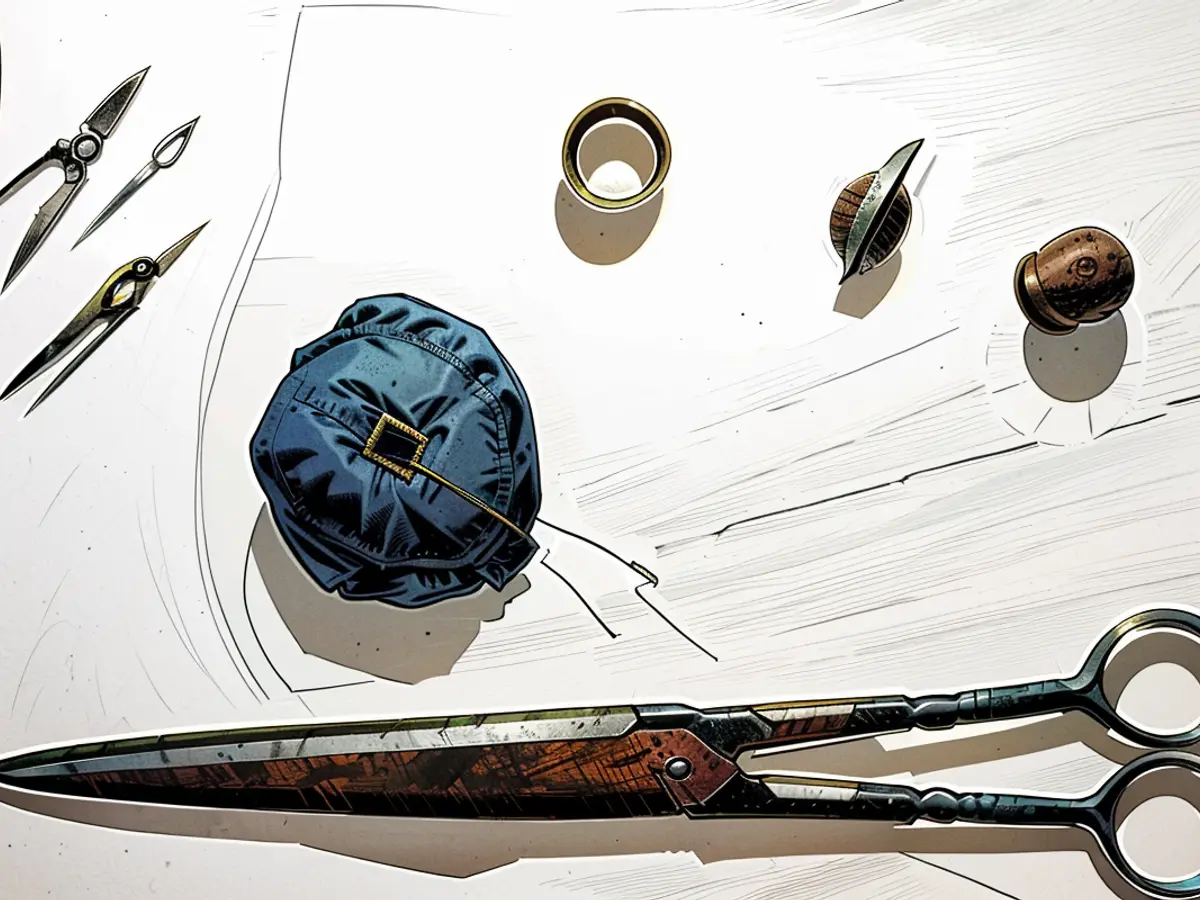Sixteen century attire uncovered in Bremen.
Way back, construction crew in Bremen stumbled upon a historical city moat. Post a wave of the plague, the city dwellers had discarded their possessions there. Now, scientists are unearthing a multitude of riches. They've also uncovered a distinct trait of Bremen.
Socks, gloves, and decorative trims: Archaeologists have dug up 7,000 textile remnants dating back to the 16th and 17th centuries in Bremen. Dieter Bischop, a researcher from Bremen's State Archaeology, stated, "This is quite extraordinary, as archaeologists seldom find fabrics." The finds are one-of-a-kind within Germany and significant across Europe.
In 2007, construction workers unearthed a medieval city moat during excavations. The fortifications had been rebuilt during the Thirty Years' War, and the ancient moat had been filled in, explained Bischop. The residents of Bremen tossed away everything they wanted to dispose of there following the plague. Archaeologists recovered jewelry, coins, weapons, attire, patterns, a pair of scissors, and needles, among other items.
As per scholarship, the finds suggest there was a tailor's shop there as well. Around 1600, the bourgeoisie would take their garments to be mended and altered in the workshop. "Textiles were highly valued. They were cherished and well-maintained," said Annette Schieck, director of the German Textile Museum in Krefeld.

Archaeologists stumbled upon a tiphoque
The materials originated from Bremen, but also from the Netherlands and Britain. Among the finds, archaeologists discovered a peculiarity of Bremen: a tiphoque. The dark fabric hood was attached to a woman's cloak like a horn.
According to scholars, it served as a counterbalance to prevent the heavy cloak from slipping off the shoulders. It's possible that women could also use a piece of fabric to shield themselves from rain beneath the horn.

Due to the archaeological findings, it's evident that Archaeology in Bremen has uncovered a wealth of historical information. The tiphoque, a unique item, was among the artifacts found in the city moat, providing insight into the daily life and fashion of the time.







